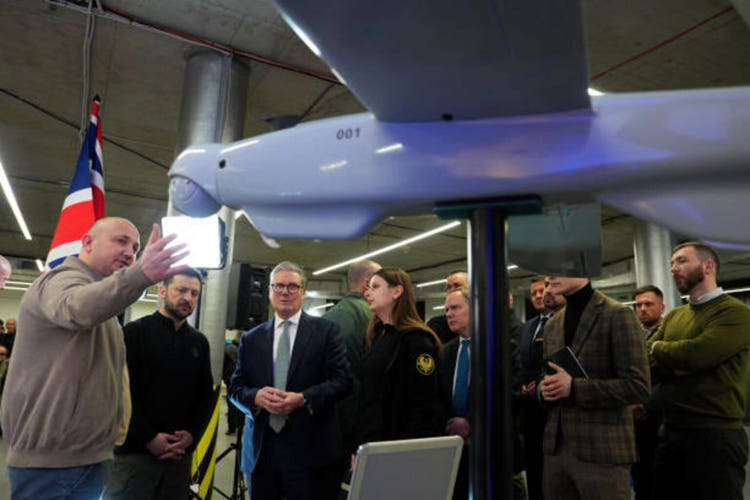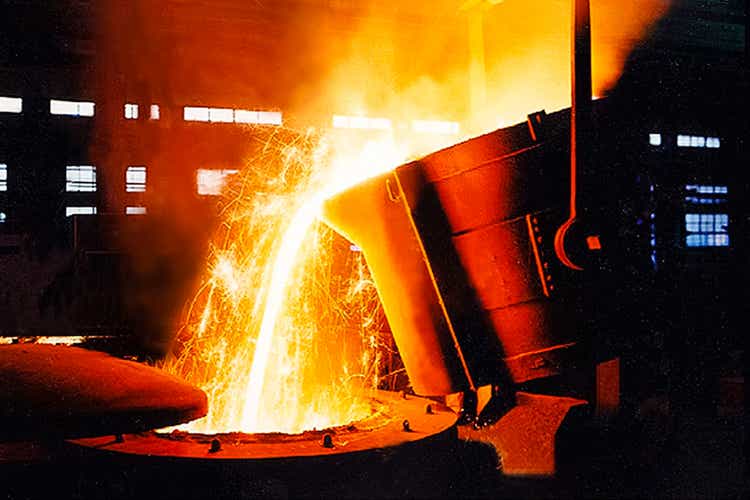David Sacks, the longtime Silicon Valley investor turned special adviser to the White House for AI and crypto, has weighed in on the AI “doomer” debate. In a widely discussed post on X, Sacks laid out a vision for AI’s present and future, arguing the fear-mongering in recent years about AI’s malevolence was deeply misguided and humanity remains firmly in the driver’s seat. Sacks added that job loss fears are overhyped, and instead, people stand to benefit most by learning to harness AI for new opportunities.
Also, Sacks argued, the ultimate “doomer” prediction, of the technology spiralling into an uncontrollable, superintelligent dominance out of a science-fiction movie, hasn’t come to pass. And on the economic front, he envisions a landscape that’s more competitive, decentralized, and fundamentally human-driven than many anticipated.
In a long statement posted on X over the weekend, Sacks declared “the Doomer narratives were wrong,” taking a stance in the yearslong AI debate. Sacks assures his audience that “right now the current situation is Goldilocks.” This means Sacks comes down somewhere close to Federal Reserve chair Jerome Powell, who has staked a middle position between Nvidia’s Jensen Huang and Anthropic’s Dario Amodei, whose war of words over the future of AI is growing ever more heated. Furthermore, Sacks has four reasons that AI’s impact on the economy is just fine, actually.
1. Vigorous competition in the space
Doomer narratives assumed one leading AI model would suddenly trigger a rapid “take-off” to artificial general intelligence (AGI)—a runaway scenario in which a single AI would quickly self-improve and leaves humanity, and all other model competitors, in the dust.
Instead, Sacks points out, the reality is quite the opposite: Top models are “clustering around similar performance benchmarks,” and companies are “leapfrogging each other” with each new version released. This ongoing rivalry and specialization—whether in coding, math, or personality—show that no godlike superintelligence is running away with the lead.
A crucial feature is the five major U.S. companies vigorously competing on “frontier models,” Sacks writes. It wasn’t clear which companies Sacks was referring to, as frontier AI work is being done by the major tech firms Meta, Microsoft, Google, Amazon, Apple, and X.ai, as well as the significant startups OpenAI and Anthropic. (Sacks’ firm, Craft Ventures, moved to divest stakes in both Meta and X.ai when Sacks began advising the White House.)
Regardless, Sacks says this dynamic “brings out the best in everyone and helps America win the AI race,” as high-performing models from multiple companies diffuse power and prevent any single entity from establishing unchecked dominance. The balance of power among these players means AI progress is distributed and avoids what Sacks called the “Orwellian” scenario of one model or faction ruling them all.
2. The rise of open source
Sacks is passionate about the potential for open source AI models, saying these models offer “80–90% of the capability at 10–20% of the cost,” making high-quality AI accessible and customizable for a wide range of users. In China, he noted open source dominates—and American firms like OpenAI and Meta are following suit, giving customers options that prize flexibility and control over sheer performance. The spread of open source blunts monopolistic tendencies and democratizes innovation, a major check against doomer fears.
Sacks sees the AI industry “likely” developing in this way, citing the China example and OpenAI and Meta in the U.S.
“It would be good to see more American companies competing in this area,” he added.
3. Division of labor
Instead of a single superintelligence capturing all value, Sacks foresees a vibrant ecosystem where “numerous agentic applications [are] solving ‘last mile’ problems.” There is, and will likely remain, a clear division of labor: Generalized foundation models provide the baseline, while startups build vertical applications that address specific needs.
This specialization, Sacks argues, would be “great news for the startup ecosystem” because it will foster creativity, decentralize value creation, and ensure that AI becomes a tool for empowerment rather than displacement.
4. Human oversight being essential
Perhaps most critically, Sacks rejects the idea AI will render humans obsolete overnight. While models have advanced, they are proving to really need humans at the wheel.
“Models need context, they must be heavily prompted, the output must be verified, and this process must be repeated iteratively to achieve meaningful business value,” Sacks wrote.
When it comes to setting their own objective functions, he adds, “AI models are still at zero.” This means humans must remain not only users—but guides, strategists, and validators. “The truism that ‘you’re not going to lose your job to AI but to someone who uses AI better than you’ is holding up well,” Sacks wrote, adding that “apocalyptic predictions of job loss are as overhyped as AGI itself.”
Sacks adopts the wording of entrepreneur Balaji Srinivasan, who has described AGI as a “middle-to-middle” technology that is powerful in augmenting human decisions, not replacing them end-to-end.
Despite Sacks’ optimism, evidence is emerging AI may be disrupting the jobs market already. One survey from employment consultant Challenger, Gray & Christmas showed a 140% layoff spike in July 2025, nearly half connected to AI and “technological updates.” The disappearing college wage premium may also be tied to AI’s impact on entry-level work, or an economy headed toward either stagflation or recession.
Sacks’ argument underscores that, for all of AI’s impressive bells and whistles, humans are still very much driving the train at this juncture. Economists at the Federal Reserve have been studying the same question, and their “modal forecast” is for a significant boost to labor productivity—dependent on how quickly and thoroughly firms integrate the technology. Still, they warn it may not evolve into a general-purpose technology such as electricity or the internet. What if, they ask, it temporarily raises productivity growth before fading amid widespread adoption? That would render it an invention more like another, revolutionary in its day and taken for granted now: the light bulb.
This story was originally featured on Fortune.com

 2 hours ago
1
2 hours ago
1












 English (US) ·
English (US) ·